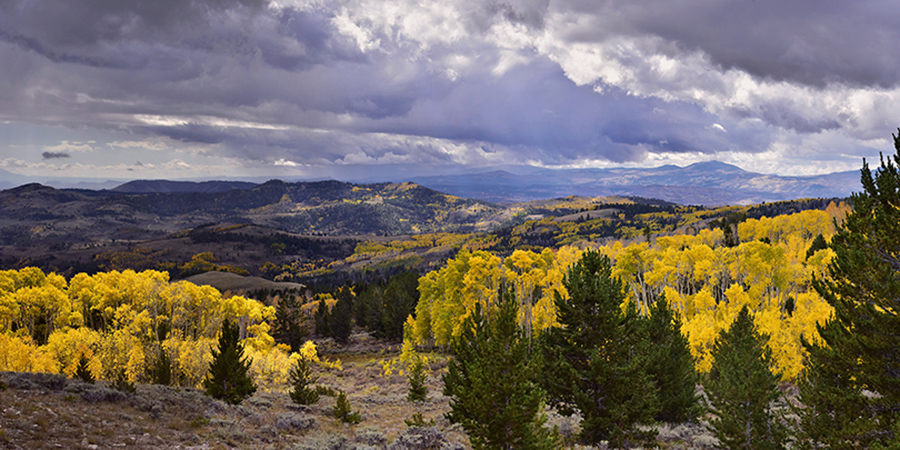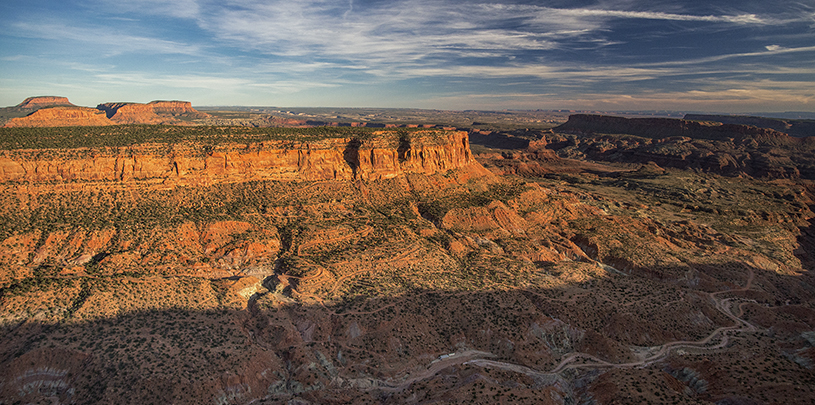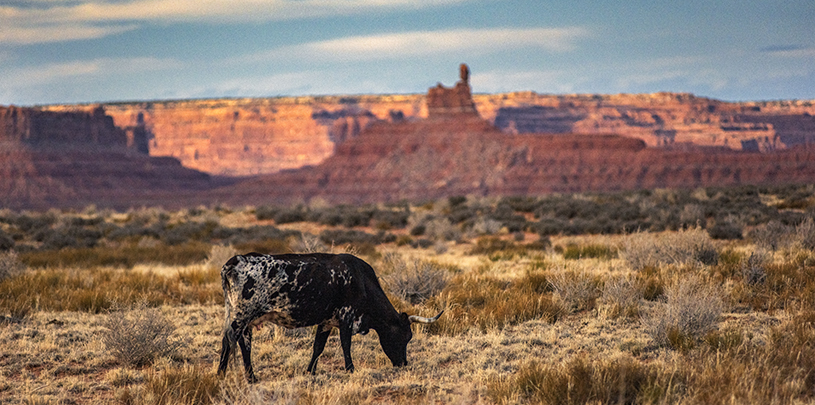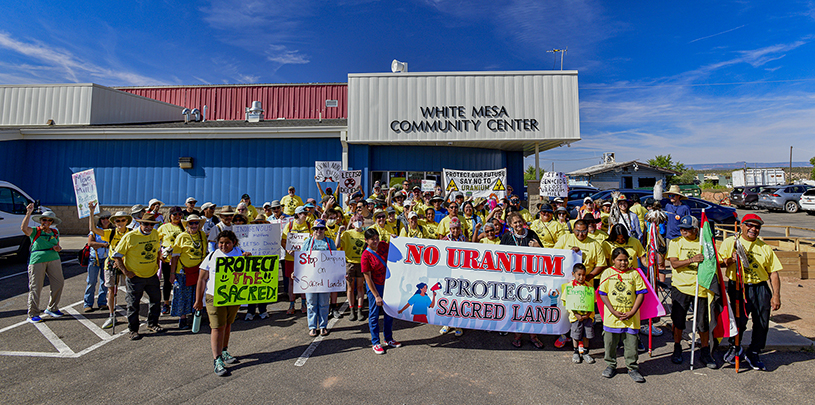
If you can, cast your mind back to the time between Christmas 1986 and New Year’s 1987. I was eleven years old; I loved the Smurfs, and as much as I wanted a Teddy Ruxpin doll for Christmas, I didn’t get one. I had been camping in Arches National Park and seen the breathtaking La Sal Mountains towering over Delicate Arch, but I didn’t know what a forest plan was. (It’s a document that guides forest management for a generation, eleven-year-old Tim.)
That week, the current management plan for the Manti-La Sal National Forest came out, and it’s still in effect almost 37 years later. Now, the forest’s new draft plan is open for comment until November 16, 2023. Please take a moment to let the U.S. Forest Service know how you’d like to see these lands managed for the next generation to come.
It’s all about alternatives
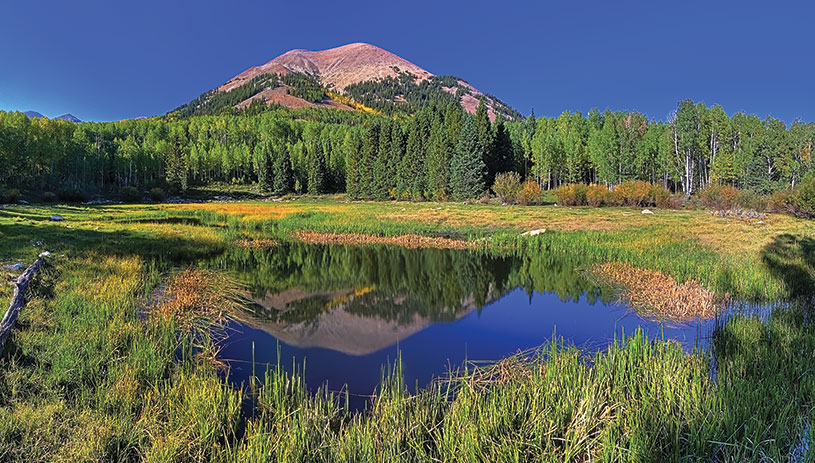
Land management plans require defining a range of alternatives for how public lands could be cared for. That way, the public can understand how different management choices might affect environmental outcomes.
But the Forest Service seems to have released its draft plan without finished alternatives. It fully developed its preferred plan, leaving elements of the other alternatives disorganized, unreferenced, and incomplete.
The draft sprawls across eight volumes and hundreds of pages, and the plan and its accompanying analysis are dense and confusing. To understand and compare what the proposed plan and its lightly sketched alternatives would do, you must flip back and forth between at least three or four separate documents. Want to understand how different alternatives would affect a particular issue? The information is often so scattered and obtuse that it’s incomprehensible, or it isn’t there at all.
Along with some serious flaws, the plan has some good elements too. With your help, we can help craft a management plan that lives up to the landscape. Please comment by November 16, 2023.
How does the plan need help?
Ask the Forest Service to prepare a supplemental draft environmental impact statement that:
- Presents a clear and understandable range of alternatives, including the citizen-proposed conservation alternative;
- Takes a hard, science-based look at the environmental consequences of its proposed plan and all alternatives in a way that’s understandable to the public; and
- Includes an alternative for conservative cattle and sheep grazing that is reduced during extreme drought.
Tell the Forest Service that a supplemental draft environmental impact statement is necessary to comply with the laws and rules governing land management plans, and that it should analyze the conservation alternative.
What’s good about the plan?
Please thank the Forest Service for:
- Recognizing the significance of the entire forest to Native Nations by including strong management guidance about areas of tribal importance;
- Upgrading future recreation management across the forest by improving a planning tool known as the “recreational opportunity spectrum,” whose new classifications better protect both the environment and quiet, human-powered recreation; and
- Its proactive wilderness and special management area recommendations outside Bears Ears National Monument.
Ask the Forest Service to carry all these positive elements forward in the supplemental draft environmental impact statement, specifically the recreational opportunity spectrum and special management areas (contained in Alternative D), with improvements. These management elements will help ensure more responsible conservation-oriented management for future generations.
How should you build your comments?
Start by introducing yourself and your background, skills, and whether you’ve visited the forest. Make specific comments in your own words that address the substance of the plan and indicate why you think changes should be made.
LEARN: How to write a meaningful comment ›
Why does this matter?
The Manti-La Sal National Forest is home to the La Sal Mountains above Moab, the Abajo Mountains above Monticello, and the Wasatch Plateau above Utah’s San Rafael Swell. These sky islands catch and hold rain and snow from passing storms, providing year-round life-giving water for the deserts of Utah’s iconic canyon country below. The health of these vital forest lands is particularly important in light of a warming climate.
We’ve already waited nearly four decades for a new plan that’s supposed to be revised every 15 years, and the Forest Service must get this one right. Good elements must be carried forward, and serious flaws in the draft Manti-La Sal National Forest management plan must be corrected. Your chance to weigh in is now. Please comment by November 16, 2023.

